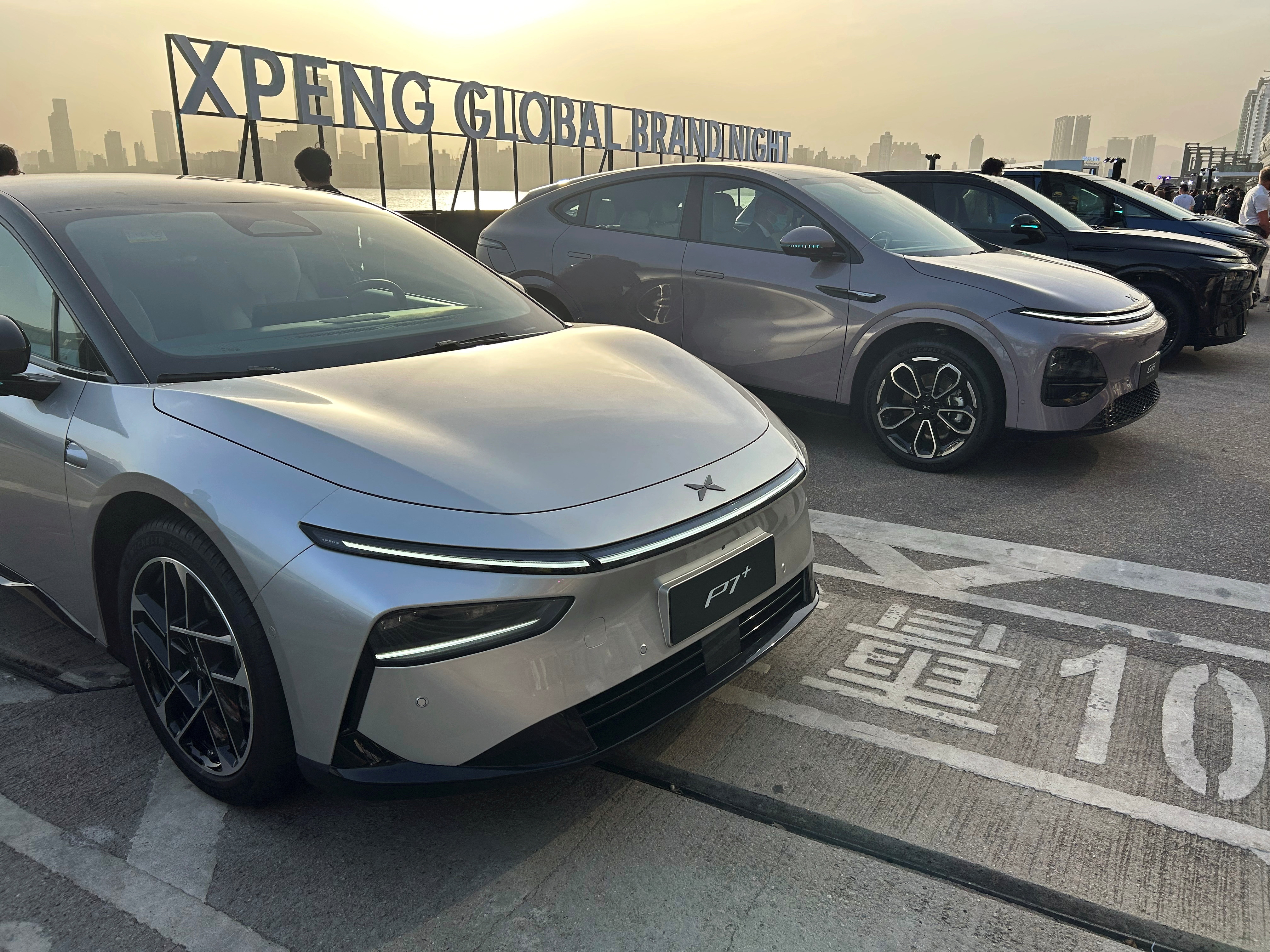Chinese electric vehicle manufacturers are rapidly entering international markets, but fierce competition at home threatens the survival of some brands.
In recent years, China has emerged as a powerhouse in the electric vehicle (EV) sector. The nation’s manufacturers have leveraged advanced technology, robust supply chains, and government incentives to dominate domestic sales while eyeing global expansion. Leading companies are now exporting their vehicles to Europe, North America, and Southeast Asia, signaling the rise of Chinese EVs as serious competitors in the international automotive market. However, the aggressive price wars unfolding in China’s domestic market pose a significant challenge, raising questions about the long-term sustainability of many brands.
World expansion and global aspirations
Chinese EV makers have decided not to limit themselves to only the domestic market. Companies like BYD, NIO, XPeng, and Li Auto are charting new territories in international markets. These brands are presenting themselves as budget-friendly options against well-known Western car manufacturers. By providing vehicles with advanced features at more competitive prices, they plan to appeal to budget-minded buyers and show that Chinese EVs match in terms of quality, safety, and innovation.
In Europe, for instance, Chinese EVs have started appearing in major cities, appealing to buyers with electric mobility incentives and environmentally conscious lifestyles. Meanwhile, in Southeast Asia and Latin America, manufacturers are tapping into emerging markets where demand for affordable, energy-efficient vehicles is growing. The global expansion reflects both strategic foresight and confidence in their technology, from battery performance to smart vehicle systems.
The international expansion also aids in broadening revenue channels. As domestic rivalry becomes more intense, going global enables manufacturers to alleviate some of the pressure on their profit margins experienced locally. By tapping into markets where electric vehicles are still in their infancy, Chinese brands can establish awareness and customer allegiance ahead of heightened global competition.
Conflicts over domestic pricing and unification of the market
Although expansion abroad seems encouraging, the domestic landscape poses a tougher test. The Chinese electric vehicle sector is marked by fierce rivalry, with numerous brands providing comparable models at progressively lower prices. This situation has led to a “race to the bottom” condition, where maintaining profit margins is continually challenging, and smaller or newer brands face the threat of being completely pushed out.
China has historically used government subsidies to boost the adoption of electric vehicles. However, modifications in policy and a gradual decrease in incentives have heightened competition on pricing. Numerous manufacturers are now depending on large-scale sales to stay profitable. Nonetheless, the market is becoming saturated in certain metropolitan areas. Companies unable to achieve scale or set their products apart are experiencing financial pressure, resulting in closures, mergers, or takeovers.
The result is expected to be a surge of consolidation, as more robust brands take over less resilient competitors or some may completely leave the market. Although this might limit domestic options for consumers, it could eventually empower the most competitive entities, allowing them to capitalize on their position for global growth.
Innovation in technology as a means of survival
In an environment defined by price wars, technological innovation has become a critical differentiator. Companies that invest in battery technology, autonomous driving systems, and smart connectivity features are better positioned to survive both domestic pressures and global competition. Consumers increasingly consider not only price but also range, safety, software integration, and design when choosing an EV, meaning that brands cannot rely solely on low costs to maintain market share.
Battery effectiveness, specifically, is an essential area of competition. Producers in China have achieved notable progress in crafting high-capacity batteries with extended life, quicker charging times, and enhanced safety measures. By combining these improvements with attractive pricing, firms can offer persuasive value propositions that attract both local and global consumers.
Moreover, smart vehicle technology—including AI-assisted driving, digital interfaces, and connected mobility services—is becoming a central selling point. Brands that offer a seamless integration of hardware and software are more likely to maintain customer loyalty and withstand competitive pressures. In this way, technological innovation acts as both a shield and a spear: protecting margins at home while penetrating global markets.
Reflections on geopolitics and commerce
The global expansion of Chinese EVs is not without challenges. Geopolitical tensions, trade restrictions, and regulatory differences can complicate market entry, requiring companies to navigate complex legal frameworks and import standards. For instance, entering the European Union or U.S. markets involves compliance with stringent safety and environmental regulations, intellectual property protections, and localized customer expectations.
Trade disputes could also impact pricing strategies and profitability. Tariffs or other trade barriers may reduce the cost advantage that Chinese EVs enjoy over local competitors. In response, some manufacturers are exploring localized production or joint ventures to mitigate these risks, further demonstrating the adaptability of China’s EV industry.
However challenging the situation might be, there are substantial possibilities in the worldwide demand for electric mobility. As environmental regulations encourage the shift towards cleaner energy and consumer interest in eco-friendly transport increases, Chinese EV brands are strategically placed to capture market share internationally—provided they sustain financial and technological advantages domestically.
Redefining electric vehicles
The trajectory of Chinese EVs illustrates both promise and peril. On one hand, the international expansion underscores the potential of Chinese automakers to redefine the global automotive industry, bringing affordable, technologically advanced vehicles to new markets. On the other hand, the domestic price war serves as a reminder that success abroad depends on resilience and profitability at home.
Firms capable of merging creativity, operational excellence, and strategic cost-setting are expected to flourish, whereas less robust competitors might vanish from the industry. This process of natural elimination could eventually fortify the field, enabling Chinese brands to compete based on quality and dependability instead of just pricing.
As growth in the global EV sector persists, the balance between local demands and worldwide goals will influence the trajectory of China’s electric vehicle industry. It is crucial for investors, buyers, and decision-makers to comprehend this interaction to predict the potential gains and challenges in one of the fastest-changing fields globally.
The expansion of Chinese EVs reflects a broader shift in global automotive power. While the road ahead is fraught with challenges—from price wars to trade disputes—the sector’s ability to innovate and adapt suggests that Chinese brands are not just participating in the electric revolution—they are helping to define it.




